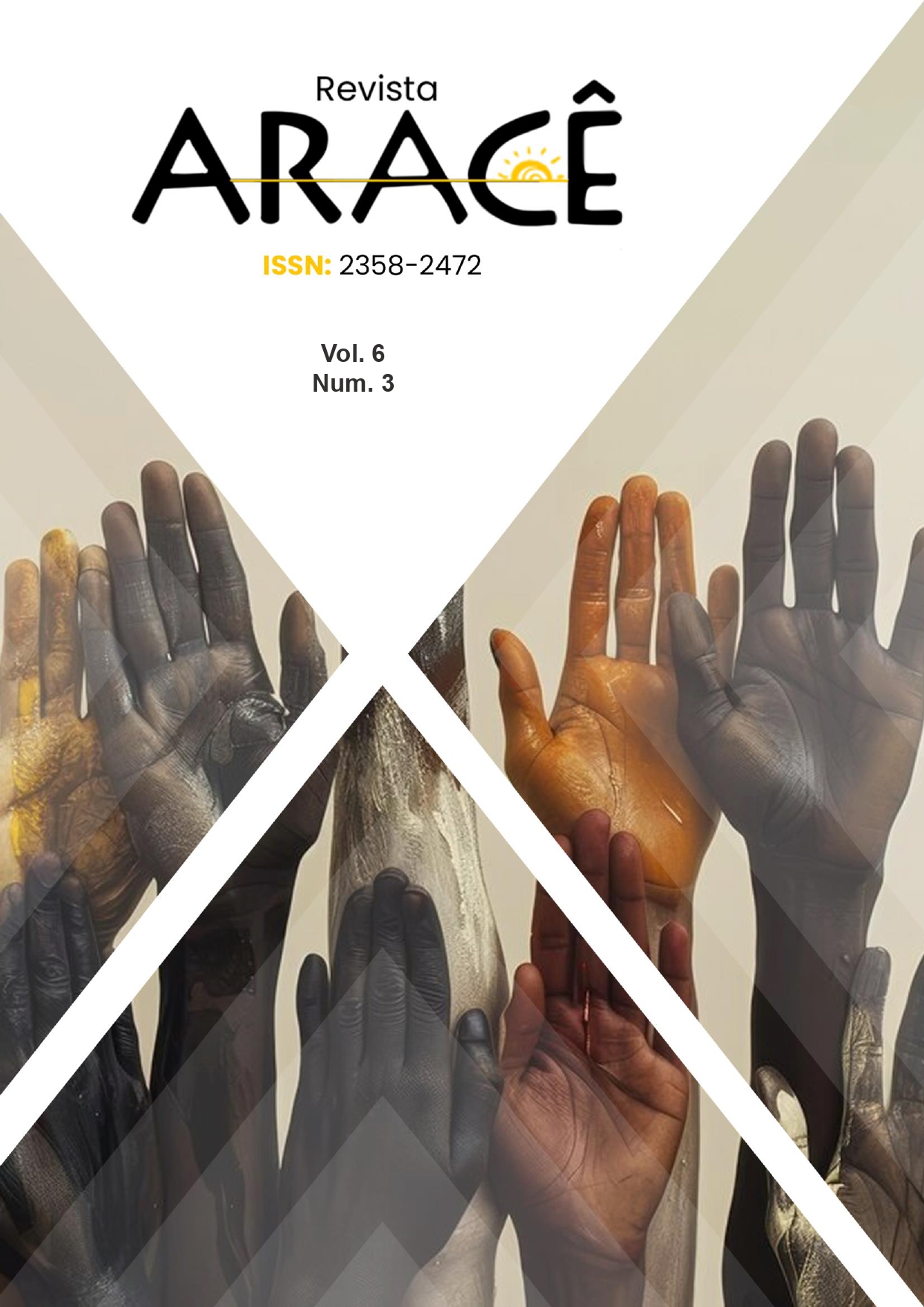IDENTIFICAÇÃO E SUSCETIBILIDADE AOS ANTIBIÓTICOS DE BACTÉRIAS ISOLADAS DE LEITE MASTÍTICO DA MESORREGIÃO NORTE DO ESTADO DO RIO DE JANEIRO
DOI:
https://doi.org/10.56238/arev6n3-113Palavras-chave:
Antibiograma, Bactéria, Bovino, Leite, MamitesResumo
A produção de leite é uma das principais atividades da pecuária brasileira. Dentre as enfermidades que mais causam perdas econômicas ao produtor, a mastite é a mais recorrente. 805 vacas foram testadas pelo “CaliforniaMastitis Test” (CMT), em 54 propriedades da mesorregião Norte do Estado do Rio de Janeiro. 45,96% (370) testaram positivo para mastite subclínica. Em seguida coletou-se amostras de leite que foram submetidas ao cultivo e identificação de microrganismo de acordo com testes de rotina laboratorial e logo após, realizou-se o antibiograma. Em 28,4% (105) das amostras identificou-se Staphylococcus aureus, seguido de 25,1% (93) Streptococcus spp., 10,8% (40) Streptococcus agalactiae, Staphylococcus spp., 8,4% (31), 7,8% (29) Corynebacterium bovis, 0,8% (3) Streptococcus sanguis, 23,2% (86) das placas com meio de cultura não tiveram crescimento. O antibiograma de 105 cepas de Staphylococcus aureus, 83,8% (88) demonstraram resistentes à penicilina, observou-se também que 24,7% (26) foram resistentes à tetraciclina. Das 40 cepas de Streptococcus agalactiae, 57,5% (23) demonstraram resistentes à tetraciclina, 18 (45%) foram resistentes a enrofloxacina e 11 (27,5%) resistente à gentamicina. As bactérias Staphylococcus aureus, Staphylococcus spp. e Streptococcus agalactiae foram as mais isoladas e demonstraram resistência aos antibióticos. Estes resultados preocupam tanto a saúde animal como também a saúde humana, pois, principalmente o Staphylococcus aureus pode infectar humanos.





